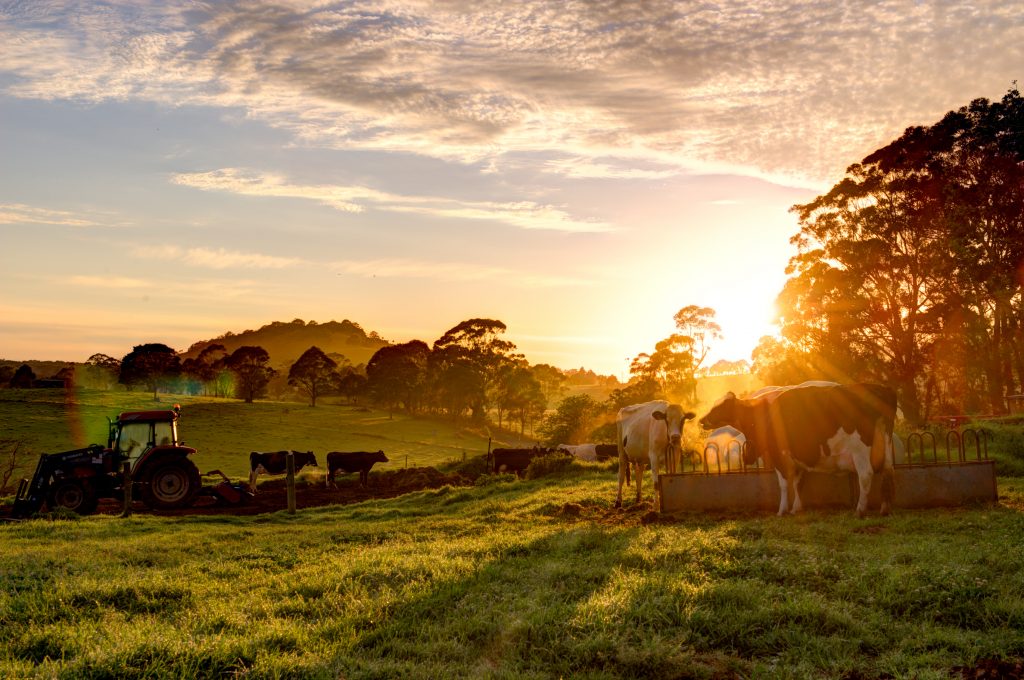People are more interested in living a self-sufficient and sustainable lifestyle than ever before.
Do you find yourself in this category? Maybe you dream of returning back to the land and growing your own food. You’re sick of living in the city and feeling like a cog in the corporate machine.
The problem is that there’s a lot to learn and consider when making the transition from living in a big city to becoming completely self-reliant. Particularly if you’ve never lived on a farm before.
You’ll need to learn how to grow and preserve your own food, produce sustainable energy and a bunch of other skills needed to live off the land. There are probably also a lot of things that you currently take for granted, like where your water and electricity come from.
Starting your own permaculture homestead is one way to get started on this journey. Some people start an urban homestead while staying inside the city. Others move out into the country and buy several acres of land right away. You will need to decide what that path will look like for you, depending on your budget and life situation.
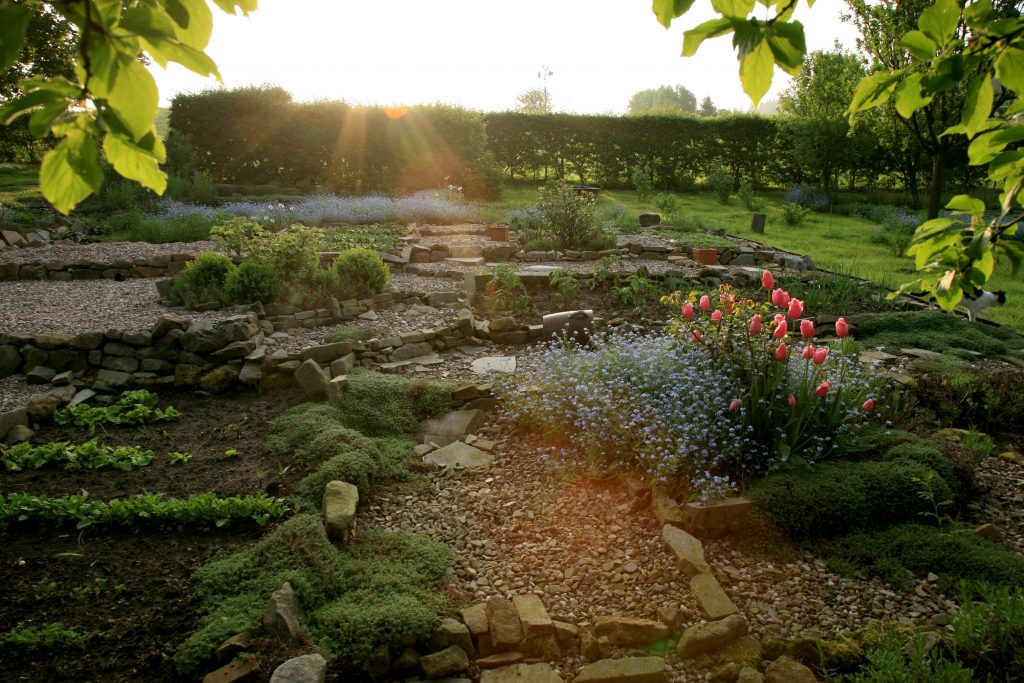
What is Permaculture?
Permaculture is a portmanteau of the words permanent and agriculture. It’s a set of design principles that help you work with nature to provide everything you need. That includes food, water and shelter.
Modern farming tends to work against or in spite of nature. It uses pesticides and fertilizers to make a piece of land productive. Usually farmers grow a single crop, even if the land may not be ideally suited for that purpose.
Permaculture looks at the natural forces on a particular piece of land.
What is Permaculture Gardening?
A permaculture farmer or gardener is intimately familiar with their soil. They know which areas get the most or least sunlight, wind and water. They make use of this information to design a more holistic approach to growing food and maintaining their land.
That might sound complicated. However, a permaculture homestead is likely to be less resource-intensive than other systems in the long term. Permaculture focuses on closed-loop systems with little to no waste, just like nature does it.
Permaculture gardening puts a big focus on soil preservation and the use of native perennial crops. This results in less watering and weeding. Plus, generally less labor is required by the homesteader.
Creating a permaculture homestead is all about letting nature do the work for you.
What Are The Main Principles of Permaculture?
There are 12 main principles that you’ll want to consider when creating your permaculture homestead design.
These include concepts like “observe and interact”, “catch and store energy” and “obtain a yield.”
We’ve already covered the 12 principles of permaculture in-depth in a previous article on our Resource Hub. Check out Permaculture Farming: The Ultimate Guide and Examples for the full list and definitions.
In addition to the 12 principles of permaculture, you’ll also learn the benefits of permaculture, some common permaculture practices and more.
Once you’ve learned the 12 principles of permaculture and created a plan for how to implement them on your own piece of land, you’ll also need to consider what kinds of plants to grow.
A permaculture homestead should aim to create eight different layers of plants that act in a way that mimics nature. Examples of these will include an overstory layer, a shrub layer and a ground cover layer.
Each layer features different types of plants that will play a specific role on your permaculture homestead. Larger trees will provide shade and refuge from the wind. Ground cover will act as a living mulch to prevent weed growth. Every plant has a place and a reason.
See our article How To Create A Permaculture Food Forest, Forest Garden or Forest Farm for a full list of these eight layers and examples of plants for each.
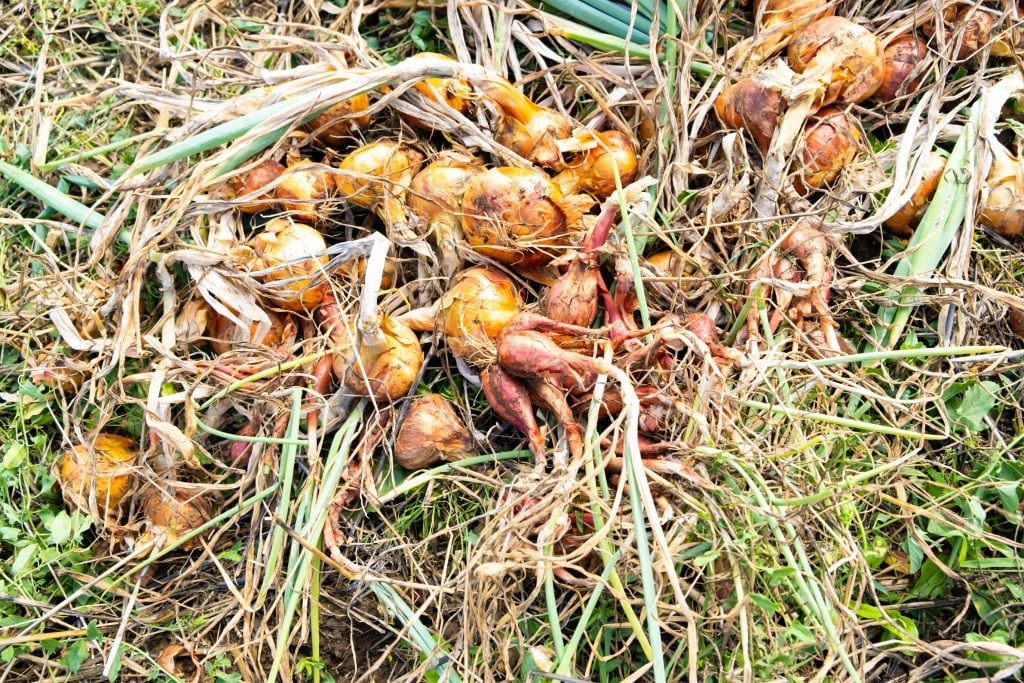
How is Permaculture Different From Organic Gardening?
Permaculture gardening or farming uses organic practices. However it’s also so much more than that! It goes well beyond regular organic gardening practices. Including use of more natural and ethical systems.
So we could say that all permaculture is organic, but not all organic gardening is considered permaculture.
Both permaculture homesteads and organic gardens are focused on growing food. However there are differences in how they accomplish this.
One big difference is what is grown. Organic farming and gardening tends to focus on annual crops like corn, rice, salad mixes and the majority of vegetables. While permaculture homesteads can grow these crops that need to be replanted each season, there’s more emphasis on perennials. Those are food crops that keep coming back for several years, like asparagus or raspberries.
This is part of what makes permaculture a less resource-intensive way of growing food. Permaculture homesteaders aren’t having to till their soil and re-plant all of their crops each year. They also focus on varieties of plants that require less watering and tending to. A permaculture garden only requires occasional tending to, while an organic garden needs much more nurturing.
Another major difference is that permaculture homesteads rely on creating closed loops. Organic gardens have more open nutrient cycles. Just because a garden is organic, that doesn’t mean that it doesn’t make use of natural fertilizers and methods for controlling insects.
An organic farm may need to bring in truckloads of manure, worm castings and other materials each year to keep soil healthy and full of nutrients. In contrast, a permaculture homestead produces the vast majority of what it needs right on the land. Plant matter gets continuously turned into mulch or compost. That means less waste and healthier soil.
What is a Homestead?
Homesteading is a broad term that can mean different things to different people. Not all homesteaders share the same values or beliefs.
The most obvious and pervasive principle that all homesteaders have in common is self-sufficiency. This theme can be seen in almost everything that’s done on a homestead.
Some examples of this include:
- Saving seeds to grow your own heirloom vegetables year after year
- Raising your own livestock for meat
- Preserving food with canning and other methods to eat through the winter
- Creating your own renewable energy from solar, wind or hydroelectric power
- Harvesting lumber and firewood from trees on your own land
- Creating and repairing your own clothing and textiles
- Bartering with neighbors and friends for a reduced reliance on money
When you think of a homestead, you likely envision a large farm with many acres. However nowadays even people who live in the city may consider themselves homesteaders and urban or suburban homesteading is becoming more common.
You can be a homesteader even if you’ve just got a small yard in the city. All it takes is following the general principle of trying to be as self-sufficient as possible. This will typically also go hand in hand with being frugal and minimizing waste.
Most urban homesteaders will start by planting a large vegetable garden to grow most of their food and perhaps look into producing alternative energy with things like solar panels.
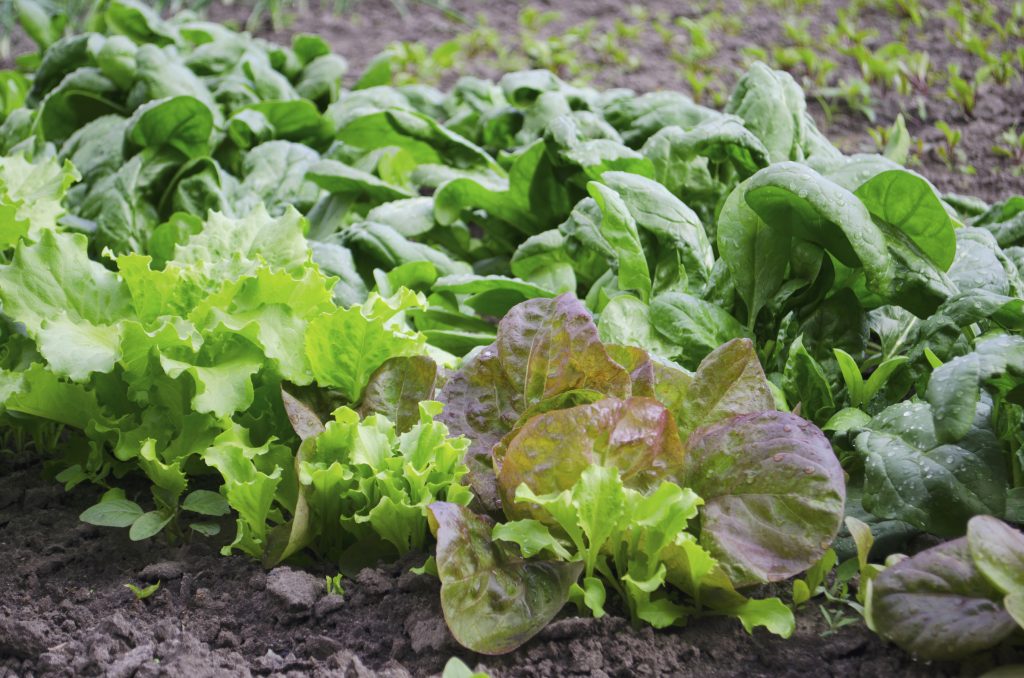
What’s the Difference Between Permaculture and Horticulture?
At the highest level, there is agriculture. It covers the cultivation of any kind of plants or animals.
Horticulture is a subsection of agriculture which only focuses on growing plants. It can be a business, as well as both an art and a science. Horticulture can include growing plants for food or ornamental use. In terms of scale, it can range from single flowerpots, grass lawns and small home gardens all the way up to multi-acre farms.
Permaculture is a system that goes beyond horticulture and agriculture. It also involves engineering, resource management, planning, architecture and other disciplines.
Permaculture also doesn’t need to exclusively involve plants like horticulture. Your permaculture homestead design may incorporate livestock like chickens, goats and pigs. These animals serve several functions. They can help to control weeds and insects through grazing. Their manure adds natural fertilizer to the soil. And of course they all have their own byproducts like meat, eggs and milk that can be harvested.
Horticulture places little or no emphasis on sustainability or renewability. Emphasis is put on yield and profitability. In contrast, permaculture is a holistic approach that seeks to preserve and grow thse entire natural ecosystem.
How to Start a Permaculture Homestead (Step by Step)
So you may be wondering to yourself, “How do I start a permaculture farm?”
If you’ve purchased some land and you’re looking to start a permaculture farm, it can seem overwhelming. There are so many factors to consider and account for. Permaculture is a set of principles, but it doesn’t necessarily give you step-by-step instructions on how to develop your land.
The good news is that you don’t have to do it all at once. You can split your permaculture homestead design into different phases over several years.
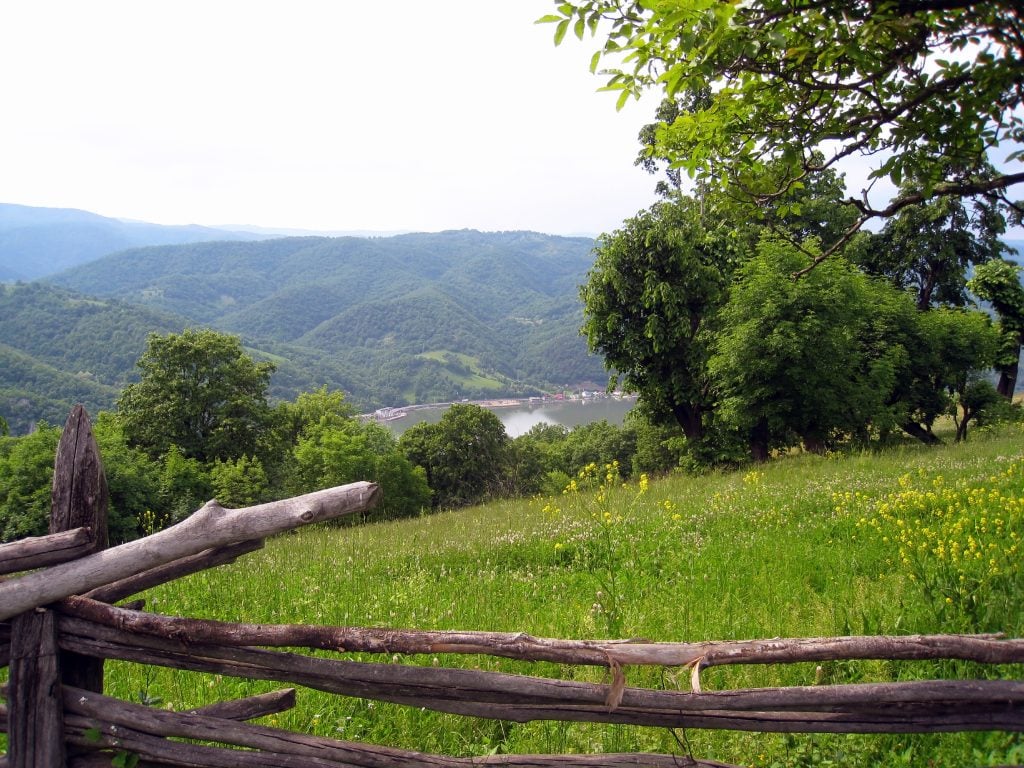
1. Get to Know Your Land
Before you even step foot on your homestead or pick up a shovel, there is a lot of work that can be done on paper or your computer screen.
Start with climate. Learn the patterns of rainfall, frost date, wind and other factors in your area.
Looking at maps is a great way to get to know your land better. Even a basic map from Google Earth can reveal things about your land that you may have not known or realized. You can examine where treelines and other natural windbreaks are, bodies of water and other land features.
Next you will want to look at a topographic map of your property. This will show the shape and surface of your land, including different elevations.
You can use this to identify high and low points on your property and determine how water will flow across your land. Some areas of your homestead may have well-drained soil while other sections are waterlogged.
Google Maps has a basic terrain view feature that you can use to get started. However you’ll likely want to pay for premium topographic maps that will show contours down to a level of one meter or less. These tools make it easy to see any sloping on your property and potential erosion issues.
Spending some time on geographical analysis can help you to get a big-picture view of your farm. It will also prevent headaches later on as a result of placing things in less-than-ideal spots. You don’t want to place a road somewhere that will get flooded out every year and you probably don’t want to walk ten minutes from your house to the garden every day.
Maps are a great way to get started. Eventually you’ll want to actually get out and observe your land in person though. There are things you’ll need to identify that won’t necessarily show up on the map. Like which areas get the most sunlight during which parts of the day, what kinds of insects and animals are present (both pests and beneficial ones) and more. You can also confirm any issues with water pooling in any low areas that you identified on your maps.
2. Establish Water Systems
Water is a resource that can make or break any agricultural undertaking. It’s of particular importance on a permaculture homestead where an emphasis is placed on self-reliance.
One of the first things you’ll want to do is establish reliable ways of getting and managing water on your land. You’ll need to check for any existing wells, or locate the best spot and dig one if you’re building on new land.
You may also have ponds and streams on your land which you can use both to harvest and capture water. Take advantage of rainfall by adding extra water storage to your permaculture homestead. Water tanks placed high on the landscape can be an efficient way to store rainwater. The high elevation means that the water will be gravity-fed to most areas of your property and you won’t need to pump it.
Some areas of your homestead will naturally get more water than others. You can use swales, terraces and channels to divert it to areas where it’s more needed.
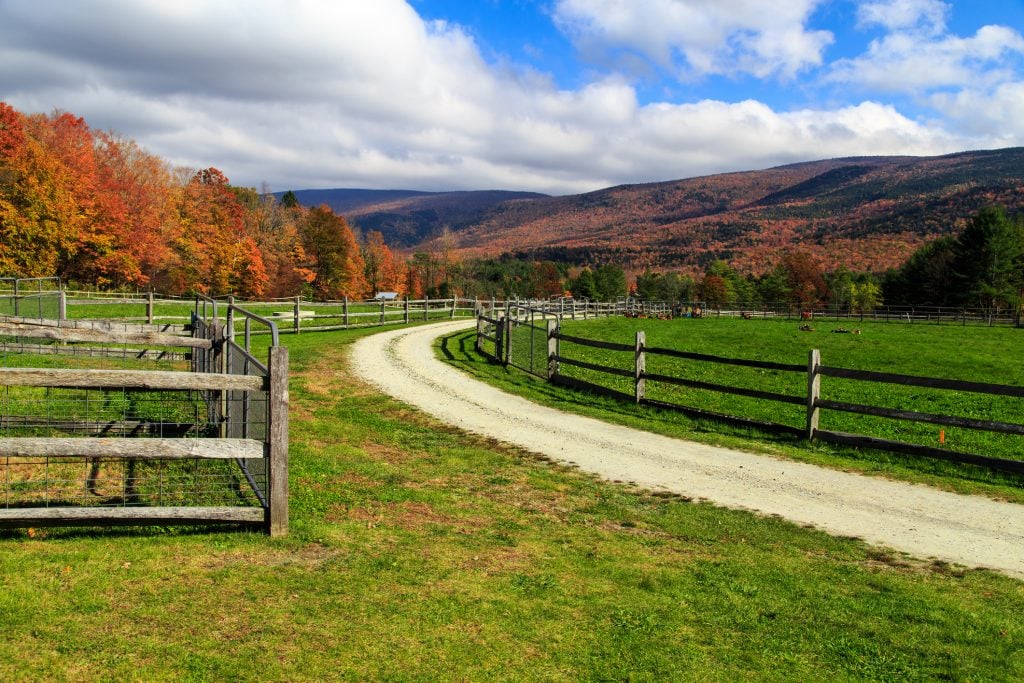
3. Add Roads and Access Points
Roads and paths are an important part of your permaculture homestead that require a lot of effort to add. They’re also quite permanent. So you’ll want to carefully consider where you want to place them and do it early in the process of creating your homestead.
Your access points won’t just be necessary to get on and off your property, but also to easily get around it. On larger properties you’ll rely on motorized vehicles to access all parts of your land.
Roads will provide a hard surface for rain to run off and it can dramatically change your property’s natural drainage. Place your paths and roads with the natural contour of your land to prevent erosion.
If you live in a colder climate, you need to consider that you may get lots of snow. How will you maintain your roads and tracks during the winter months and maintain access to all areas of your property?
4. Decide Where Structures Will Go
If you’re buying a new plot of land, you will need to determine where to build your house and other structures.
Generally we recommend placing your house in a fairly central location on your permaculture homestead. That way it will be easier to access the various areas of your property.
You’ll also want to consider wind and sun exposure and how you’ll get water and energy to the house.
If you’re buying an existing homestead then there will most likely already be a house, barns and other structures in place. You may want to take some time in the beginning to repair and restore any structures that have fallen into disrepair.
You can also consider any areas where you may want to add fencing. Fences can be used to establish property boundaries, to contain livestock or simply to subdivide your farm into different areas.

5. Establish Soil Health
A large part of your permaculture homestead is going to involve growing plants. So quality soil is a must. When you move on to a new piece of land, you’ll want to do some basic testing to establish the pH and nutrient levels of your soil. Check in a few different spots around your property and amend it as needed.
It’s fairly easy to fix soil that’s too alkaline or acidic, but it’s best done at the beginning before you start to plant any crops.
6. Start Planting Trees and Crops
This is probably the step you’ve been waiting for. You can stop planning and actually get some plants in the ground!
Earlier we mentioned the different layers of a permaculture food forest.
When you’re adding plants to your permaculture homestead, we recommend starting at the highest layer and working your way down.
Large trees that will form the canopy or overstory layer will take the longest to grow. So it’s best to get them planted as soon as possible.
Trees can get quite expensive. So you may consider starting your own permaculture tree nursery to grow your own seedlings instead of buying them. This can save a substantial amount of money if you’re planning to plant hundreds or thousands of trees on your homestead.
After trees, you can start to consider smaller plants like perennial vegetables, bushes and shrubs. This is where you can start to really add some biodiversity to your homestead. Try to add plants with a variety of purposes. For example, you’ll want some plants that add nitrogen to the soil and others that attract beneficial insects.
Annual plants can be added once you’ve planned out your perennials.
Is your homestead’s main focus on growing fruit trees? Be sure to read our article How To Create A Permaculture Orchard for more specific information.
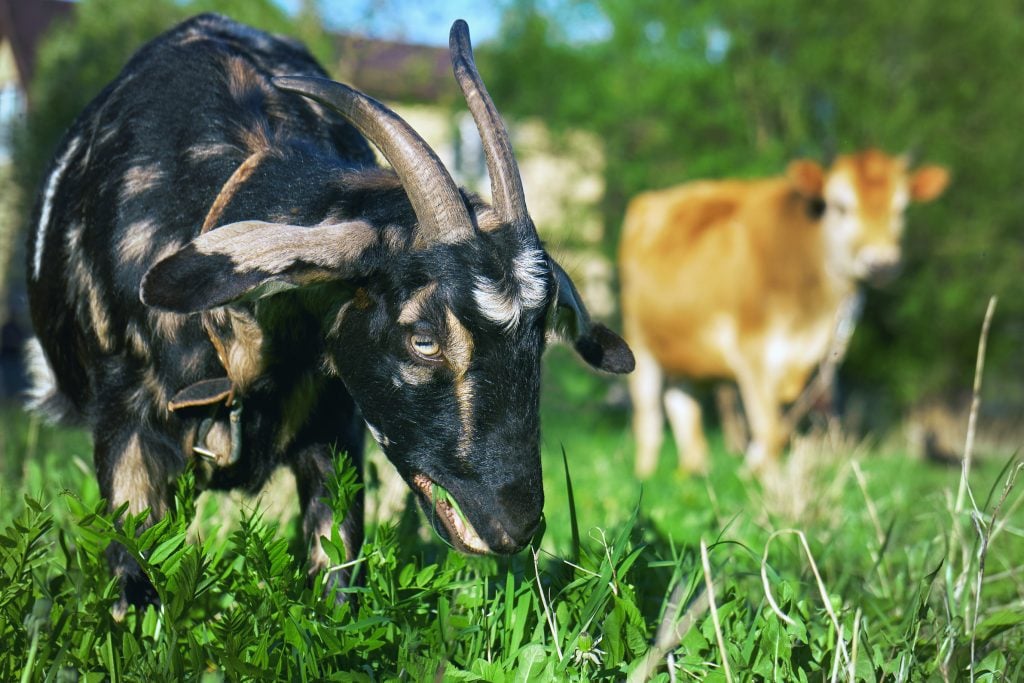
7. Consider Whether You Will Keep Animals
Livestock can be a valuable addition to the ecology of your permaculture homestead.
You can add animals at the same time as your plants, although this can get quite expensive. So we recommend focusing on plants for the first year and adding livestock in a later year.
Start off with smaller animals like chickens or goats. They are less complicated to care for and reach maturity faster than larger animals, so you can get some cash flow going quickly.
Later on you may want to consider adding some larger grazing animals like cows and pigs. These animals can really add to the fertility of your land, although you’ll also need to invest in more housing and temporary fencing to rotate them around your property.
Raising animals is not a mandatory part of your permaculture homestead design if you have moral or ethical concerns about it.
8. Maintain and Expand
Once you’ve done the seven steps above, you should have an established and sustainable permaculture homestead.
From here on out, all that’s left is to maintain and enjoy it.
Once you get the basics down, you can consider expanding into new revenue streams to your homestead. You might consider beekeeping or growing mushrooms in addition to your existing crops and livestock. Or you may start using your raw materials to create artisanal goods like cheese, wine and other products.
How Much Land Do You Need for Permaculture?
The amount of space that you’ll need for your permaculture homestead will vary a lot, depending on what you want and need.
To grow all of the food that one person would need to eat year-round, 4,000 square feet is the most common number that is given as an estimate.
However, suppose you’re starting off with an urban homestead in your backyard. In that case, you may be able to get the majority of your fresh vegetables in as little as 100 to 200 square feet per person. Growing techniques that make use of vertical space can make this easier.
On the upper end, Eliot Coleman says in his book, The New Organic Grower, that two acres is the maximum amount of land that one person can tend to as a full-time job. This assumes that you’re farming the full two acres intensively. You don’t want to take on more than you’ll be able to manage.
If you want to raise livestock, you’ll need significantly more land. The amount of animals that a specific piece of land can support is called its carrying capacity and it can vary widely.
For example, the minimum amount of land you’ll need to raise one cow is one acre. That assumes that the full acre of pasture offers lots of plants for grazing. In some areas a single cow may require as much as 100 acres of land to have access to all the food and resources they need.
Homesteaders who are planning to use timber from their own land for heating and cooking will also want several acres of woodland on their property.
Final Thoughts
Creating a permaculture homestead is a complex process that will span several years.
Proper planning and preparation up front can help to prevent wasting time or resources on projects that will need to be changed in the future. You’ll want to start by getting a big-picture view of your property as a whole.
You’ll want to figure out how water moves through the property and where major roads and structures should go first. Then you can start planning on where trees and plants should go.
Establishing a permaculture homestead is a longer process than setting up a standard organic garden, but your effort will continue to pay dividends year after year. A permaculture homestead is a closed-loop system that will continue to thrive with minimal inputs and maintenance. If you’d like to dive deeper into the world of homesteading, check out our list of the best permaculture books.
